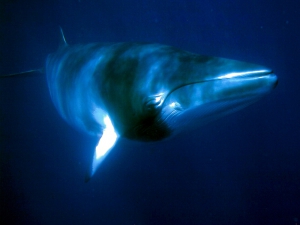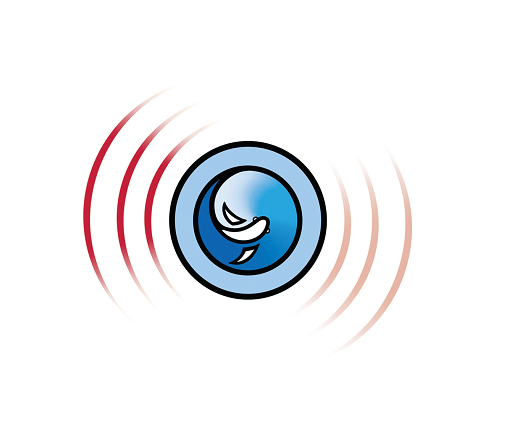Odontocetes & Mysticetes
Cetaceans are animals that were amphibious who came back into the water. There are two families of whales the Mysticetes (mustache whales) and the Odontocetes, the toothed whales.

Main Points:
There are 2 “sub-orders” of cetaceans: odontocetes and mysticetes.
Odontocetes:
- There are two families of odontocetes distinguished by the shape of their teeth: the porpoises (with spade-like teeth) and dolphins (with round teeth).
- Sperm whales are the only odontocetes that don’t fit into either dolphin or porpoise categories.
- Odontocetes are pack animals that hunt cooperatively.
- Odontocetes use high frequency vocalizations for echolocation and “bio-sonar.”
- We’ve been able to learn more about odontocetes hearing because they are small and easier to keep in captivity.
Mysticetes:
- Minke whales are the smallest mysticete at 4 meters.
- Blue whales are the largest mysticete, up to 25 meters.
- Mysticetes graze on krill, plankton, and small fishes. They use low-frequency sound to communicate and navigate over long distances.
- Mysticetes are too large to hold in captivity so what we do know about them are from wild, open ocean interactions.
Examples:
Odontocetes (toothed whales):
- Dolphin
- Orca “killer whale” (actually in the dolphin family)
- Sperm whale
Mysticetes:
- Minke whale
- Blue whale
- Bowhead whale
- Right whale
Terms:
Cetaceans – whales
Odontocetes – toothed whales
Mysticetes – mustache whales
Low frequency (.1 Hz – 1kHz)
Mid Frequency (1kHz – 10kHz)
High frequency (10kHz – 200kHz)
Echolocation – sensing surroundings by emitting sound and hearing the reflection; also called “Bio-sonar”
Operant conditioning testing – training a subject to respond to a stimulus by reward or punishment; amplifies the response to the stimulus by correlating it to the subject either seeking the reward or expecting punishment when they sense the stimulus
Odontocetes – toothed whales
Mysticetes – mustache whales
Low frequency (.1 Hz – 1kHz)
Mid Frequency (1kHz – 10kHz)
High frequency (10kHz – 200kHz)
Echolocation – sensing surroundings by emitting sound and hearing the reflection; also called “Bio-sonar”
Operant conditioning testing – training a subject to respond to a stimulus by reward or punishment; amplifies the response to the stimulus by correlating it to the subject either seeking the reward or expecting punishment when they sense the stimulus


